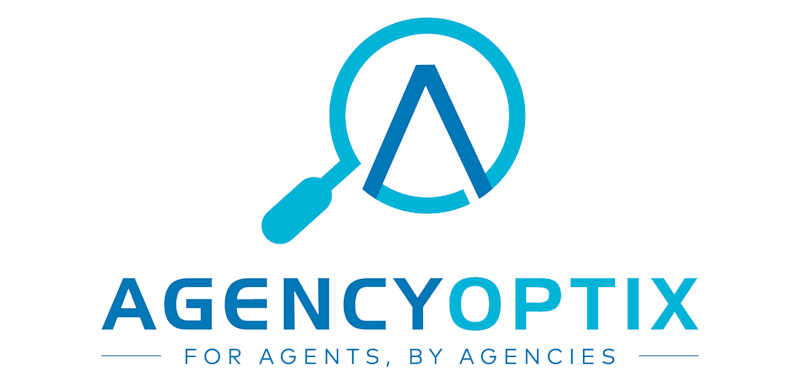
In the world of business, indicators are metrics that can be used to measure the performance and health of a company. In the insurance agency space, two types of indicators commonly used are lagging indicators and leading indicators.
Lagging indicators are metrics that reflect the past performance of a company. They are called “lagging” because they lag behind other indicators and do not provide any insight into future performance. Examples of lagging indicators in the insurance agency space include the number of policies sold in the previous year, the average premium per policy, and the average length of time it takes to pay out claims.
Specifically for insurance agencies billings are a lagging indicator. Typically books of business are pulled from billings looking back over the past 12 months. This causes challenges when trying to get a current book of business, for example — let’s run this AM’s book of business would be looking at the last 12 months and negate new policies or clients bound in the past 45–60 days. It also offers incomplete pictures of client value if one doesn’t know how to put those numbers together. Another example would be getting the current volume for a carrier — typically this would be a 12-month look back and have the same issue as the AM — not recognizing current volume or accounts.
Leading indicators, on the other hand, are metrics that can provide insight into a company’s future performance. These indicators are called “leading” because they often precede changes in a company’s performance and can be used to predict future trends. Examples of leading indicators in the insurance agency space include the number of new policies sold each month, the number of policy renewals, and the number of customer complaints.
The primary financial leading indicator for insurance agencies is written revenue. Agencies will call this different things — estimated revenue, and expected revenue but ultimately it’s the projected amount of revenue or premium a policy will bring in during the policy term. This data can be operationally arduous to maintain which is why many agencies do not do it.
One key difference between lagging indicators and leading indicators is that lagging indicators are backward-looking, while leading indicators are forward-looking. This means that lagging indicators provide a snapshot of a company’s past performance while leading indicators can provide insight into how the company is likely to perform in the future.
Another key difference is that lagging indicators are typically easier to measure and track than leading indicators. This is because lagging indicators are based on historical data, which is often readily available and easy to access. Leading indicators, on the other hand, can be more difficult to measure and track, as they often involve forecasting and predicting future trends.
In the insurance agency space, both lagging indicators and leading indicators can be useful in helping companies monitor and improve their performance. By tracking lagging indicators, companies can gain a better understanding of their past performance and identify any trends or patterns that may be worth noting. By tracking leading indicators, on the other hand, companies can gain a better understanding of their future performance and take steps to improve it.

Leave a Reply